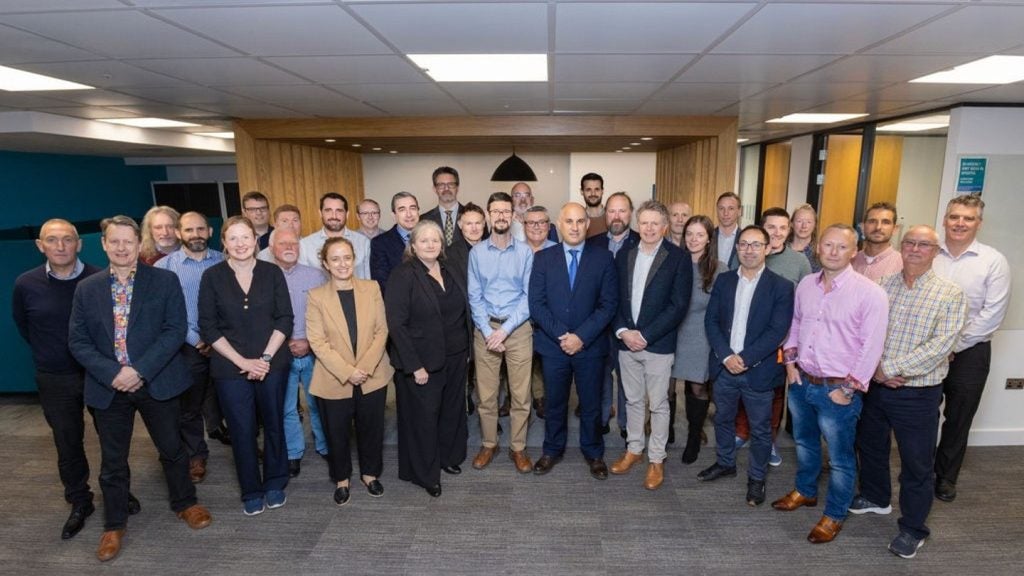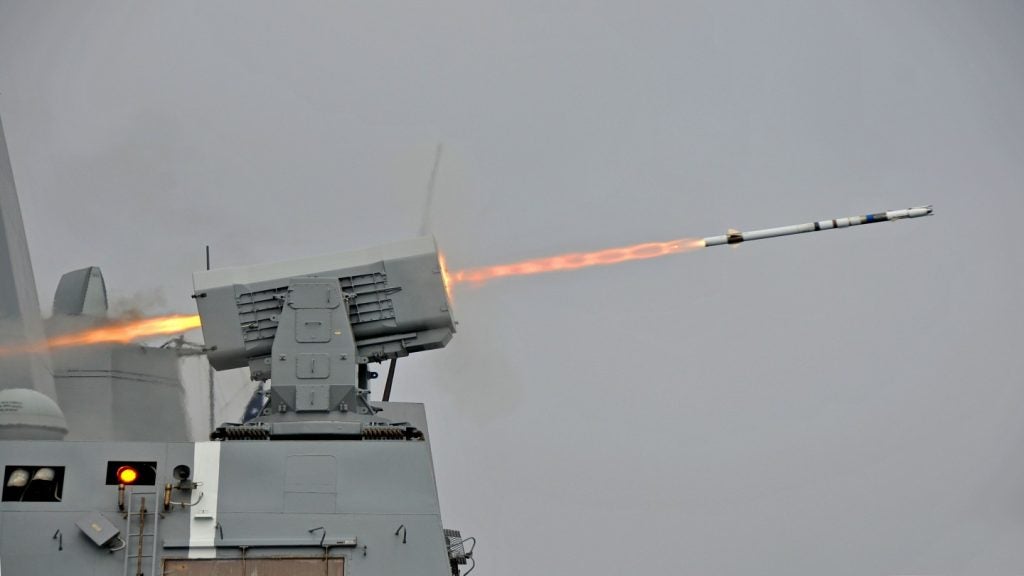UK MoD announces £160m PIP contract for Type 45 destroyers
The UK Ministry of Defence confirmed a new £160m contract with an alliance team led by BAE Systems to upgrade and modernise the power and propulsion system installed on the Royal Navy’s Type 45 destroyers.
In addition to BAE Systems, the alliance comprises shipbuilding and conversion specialist Cammell Laird, and naval design and technical support provider BMT.
The UK Royal Navy’s Power Improvement Project (PIP) was designed to integrate additional power generation sources in each Type 45-class vessel in order to help enhance the resilience of naval vessels.
Saab to integrate ISCMMS on RAN’s four Collins-class submarines
Saab secured a new contract from shipbuilding company ASC for the delivery of an upgraded integrated ship control management and monitoring system (ISCMMS) for the Royal Australian Navy’s (RAN) four Collins-class submarines.
The deal is valued at A$24.2m ($18.86m) and will help support 50 job opportunities in the country, primarily in Adelaide, according to Australian Defence Industry Minister Christopher Pyne.
Pyne said: “Technological developments keep Australia at the forefront of defence capability, help keep our personnel safe and ensure they have the right equipment to carry out their duties in the defence of the nation.”
How well do you really know your competitors?
Access the most comprehensive Company Profiles on the market, powered by GlobalData. Save hours of research. Gain competitive edge.

Thank you!
Your download email will arrive shortly
Not ready to buy yet? Download a free sample
We are confident about the unique quality of our Company Profiles. However, we want you to make the most beneficial decision for your business, so we offer a free sample that you can download by submitting the below form
By GlobalDataUS NSWC and University of Virginia partner to support 3D printing research
The US Naval Surface Warfare Center (NSWC) Dahlgren Division collaborated with students from the University of Virginia to support research into additive manufacturing (3D printing) capabilities.
The partnership has been established via the Naval Engineering Education Consortium (NEEC) and is said to be positively impacting the US Navy programmes.
NSWC Dahlgren Division engineer Dr Tabitha Apple Newman said: “Additive manufacturing research, in particular, reaches across technical fields and capabilities and allows Dahlgren to immediately better evaluate and design products for its customers, whether for gun prototypes, special-use technologies, chemical, biological and radiological (CBR) defence, or electric weapons.”
US Navy awards F/A-18 fleet upgrade contract to Boeing
The US Navy awarded a new contract, valued at up to $73m, to Boeing for the upgrade and modernisation of its entire fleet of F/A-18 multirole combat aircraft.
The latest indefinite-delivery contract is intended to extend the life of the existing Super Hornet jets.
Boeing is set to begin carrying out the initial updates to the F/A-18 aircraft under the deal, which will help convert the existing Block II Super Hornets into the latest Block III configuration.
Australian Navy submariners develop new accommodation capsule
A team of submariners from the Royal Australian Navy (RAN) developed a new solution that is designed to provide temporary accommodation for submarine personnel.
The new submarine accommodation capsule has been developed by sailors from Fleet Support Unit – West at the Australian Navy base HMAS Stirling.
It is expected to help replace the traditional, outdated wooden accommodation beds that are currently used on-board Collins-class submarines.
US Navy launches Trident II D5 missile from USS Nebraska
The US Navy successfully launched two Trident II D5 Life Extension (LE) missiles from its submarine USS Nebraska in order to demonstrate the readiness of both the strategic weapon system and the vessel’s crew members.
The Lockheed Martin-developed Trident II missile test, known as Demonstration and Shakedown Operation (DASO) 28, was carried out by the navy in the Pacific Ocean off the coast of southern California, US.
Lockheed Martin recently upgraded and modernised the electronics and avionics subsystems of the Trident II D5 LE configuration, which is expected to help the missiles to continue their service with the US Navy and the British Royal Navy into the 2040s.
Harris wins $161m contract to supply electronic jammers for F/A-18
Harris secured a new $161m contract modification for the delivery of the next production lot of electronic jammers for the F/A-18 Hornet and Super Hornet aircraft fleets used by the US Navy and Australia.
The new sets of electronic jammers are expected to be used to protect the multirole fighter aircraft against electronic threats upon delivery, including sophisticated integrated air defence systems.
Harris will be responsible for manufacturing and supplying integrated defensive electronic countermeasures (IDECM) jammers for the F/A-18C / D / E / F variants of the fighter jets under the latest deal.
US Navy awards $150m contract for delivery of laser weapon systems
The US Navy awarded a new $150m contract for the development, production and delivery of two high-power laser weapon systems by the fiscal year 2020.
The contract features options worth up to $942.8m and is also set to cover the supply of intelligence, surveillance and reconnaissance (ISR) and counter-unmanned aerial system (counter-UAS) capabilities.
Lockheed Martin will be responsible for providing the US Navy with a high-energy laser and integrated optical-dazzler with surveillance (HELIOS) system under the deal, which is intended to support the navy’s plan to field laser weapons on-board surface vessels.
CSIRO and QinetiQ to develop MOFs technology for RAN submarines
Australia’s national science agency CSIRO collaborated with QinetiQ to develop an advanced crystal technology, called metal-organic frameworks (MOFs), to allow submarines to remain underwater for longer periods.
If successful, the latest technology is expected to be a part of the Australian Government’s Future Submarines Program (SEA1000).
Under the SEA1000 programme, the Royal Australian Navy (RAN) will perform the design and construction of 12 new advanced submarines in Adelaide.
Dutch Navy’s Goalkeeper CIWS concludes sea acceptance trials
The Royal Netherlands Navy’s first Goalkeeper close-in weapon system (CIWS), upgraded with the upkeep modifications, successfully completed sea acceptance trials (SATs).
The SATs on the Goalkeeper system were carried out on-board the naval ship HNLMS Johan de Witt.
The series of tests were carried out with air targets. Tests included the detection, tracking and elimination of Kinetiq Banshee propeller and jet drones with traditional and modern inbound attack flight paths.







